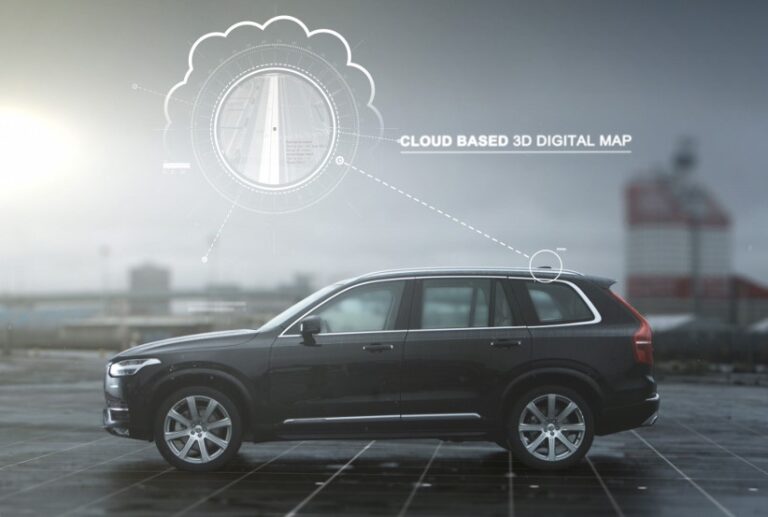– By Caroline Falls –
The driverless car is going to change everything we do said Simon Ginn, engineer and urban planner with more than 25 years in the roles in Europe, the Americas and Asia.
There are classifications for autonomous vehicles: class three, for example, requires a driver to be on standby at the wheel of the vehicle ready to takeover if required; class five though doesn’t and this is the vehicle that’s going to change everything.
The problem of the long commute is less of a problem as the driver (for want of a better word) can have a nap as they are transported home. This is the sort of behavioural change that has the potential to shake up the property market as satellite, more affordable, suburbs, become more attractive, and competition for higher-priced inner city homes is reduced.
Ginn also sees little need for building new motorways as autonomous vehicles won’t need to follow current safety guidelines and drive two or three car lengths behind the vehicle in front. Driverless cars will automatically keep a safe distance. “In seven to eight years we probably won’t be building them anymore. We won’t need them.” Driverless cars, with their short-range sensors, will use less road space and current road capacity issues will be eliminated.
Driverless trucks are probably going to arrive ahead of a mass movement of autonomous cars, said Ginn. And imagine how that’s going to shake things up. What’s going to happen to all of the roadhouses and jobs in regional Australia linked to catering for truck drivers? In Australia, there are probably some 600,000 truck drivers, according to Ginn.
Miner Rio Tinto already has 69 driverless trucks at two mines in Western Australia’s Pilbara region. Other miners around the world are also moving to driverless trucks which can be operated from 2000 kilometres away.
“But the driverless car is still the big change factor,” Ginn said in a presentation at the IPWEA Australasian Fleet Conference, put on by the Institute of Public Works Engineers Australasia in Brisbane in May. The elderly will be able to be more mobile and less reliant on others to get them around; same for children.
“No more mums or dads having to drop off kids,” said Ginn. Every action has a reaction, so schools are going to need to consider how they will receive students on arrival.
And what about the traditional taxi driver, already threatened by Uber? “The taxi driver may disappear,” said Ginn. We won’t need tow trucks drivers as accident rates plummet. Car body repairers are going to have to find something else to do. Part suppliers are going to have to rethink their business model. And what about lawyers that focus on accident claims? What about RACQ, NRMA, RACV and other vehicle insurance companies? Will the novated lease survive?
One group that is delighted with the outlook is hoteliers. “Publicans must be loving this,” said Ginn. The advance of the driverless vehicle may cut current concerns about partying and drinking alcohol and driving, he said, adding, “Hoteliers and others are doing research because they know it will change the market.”
To be sure, this is not all a futuristic dream. The London borough of Greenwich has purchased a test fleet of driverless cars. New York city is planning to replace 5,000 of its yellow cabs with autonomous vehicles. They say they will be able to take commands in 127 languages!
The whole scenario painted by Ginn raised a lot of questions and some doubt that the changes could come so soon and be so dramatic. Who among us wants to give up their beloved Holden? Ford? BMW?
But, all we have to do is look back a decade ago and realise how much our world has changed and in ways we didn’t necessarily envisage or believe to see that he could just be nearly right.
One thing for sure, Ginn told delegates who are mostly involved in public works fleet management: “I believe you as fleet managers, the job you are doing now will be very different from the job in the future.”







